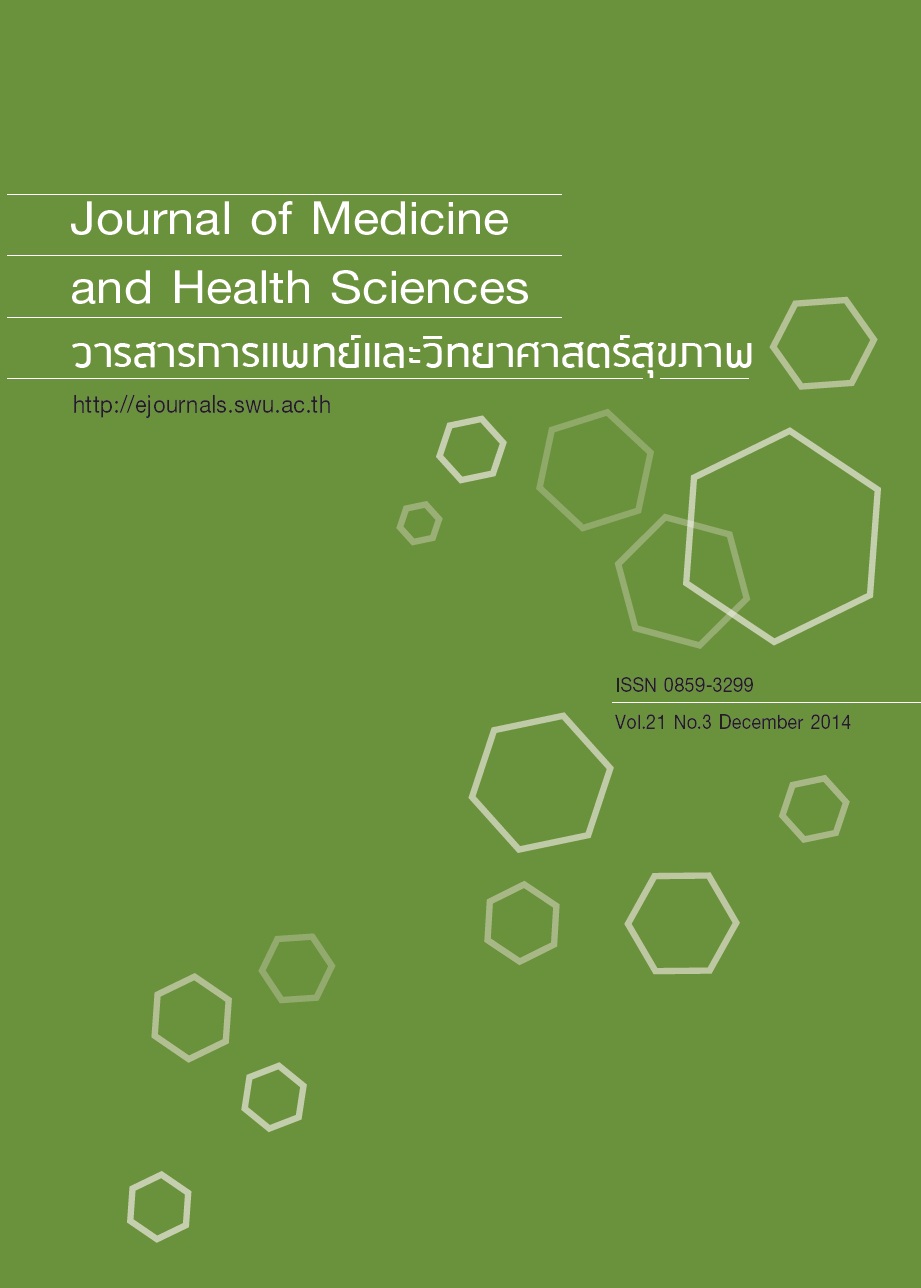Azithromycin and the risk of coronary artery diseases
Keywords:
การยืดขยายของช่วงคิวที, สัญญาณประสาทของหัวใจ, การตายจากโรคหัวใจและหลอดเลือด, QT interval prolongation, cardiac action potential, coronary artery diseasesAbstract
Azithromycin, a broad-spectrum macrolides, is considered to have the lowest impact on the cardiac action potential because of limited blockade of the human ether-a-go-go-related genepotassium channel in vitro. In 2001, a report derived from postmarketing surveillance of azithromycin has linked azithromycin to cardiac arrhythmias. Furthermore, in the period from 2004 to 2011, the US FDA received a total of 203 reports of azithromycin-associated QT interval prolongation, torsades de pointes (TdP), ventricular arrhythmia, and in 65 cases of sudden cardiac death. After that, an observation study was conducted to determine the risk of azithromycin-associated coronary artery diseases. Based on 2 cohort studies, it was found that azithromycin increased the risk of fatal arrhythmias, specifically QT interval prolongation and TdP in populations with preexisting cardiovascular risk factors, especially patients known to have risk factors for QT interval prolongation and TdP. The risks and benefits of azithromycin should be considered for all high-risk populations. These findings should not be generalized to general populations with substantially lower baseline risk of coronary artery diseases.
อะซิโทรมัยซินและความเสี่ยงของการเสียชีวิต จากโรคหัวใจและหลอดเลือด
อะซิโทรมัยซินเป็นยาในกลุ่มแมคโครไลด์ที่มีผลต่อสัญญาณประสาทของหัวใจน้อยกว่ายาตัวอื่นในกลุ่มเดียวกัน เนื่องจากมีผลยับยั้ง human ether-a-go-go-related gene potassium channel น้อยที่สุดเมื่อศึกษาในหลอดทดลอง ใน ปี ค.ศ. 2001 เริ่มพบรายงานการเกิดหัวใจเต้นผิดจังหวะที่สัมพันธ์กับการใช้ยาอะซิโทรมัยซิน และจากรายงานของสำ นักงาน อาหารและยาของสหรัฐอเมริกาตั้งแต่ปี ค.ศ. 2004 ถึง ค.ศ 2011 พบรายงานการเกิดการยืดขยายของช่วงคิวที torsades de pointes (TdP) และภาวะหัวใจเต้นผิดจังหวะที่สัมพันธ์กับการใช้ยาอะซิโทรมัยซินจำ นวน 203 รายงาน และพบการเสียชีวิต 65 ราย ทำ ให้มีการศึกษาเพื่อติดตามอาการไม่พึงประสงค์จากการใช้ยาอะซิโทรมัยซิน รวมทั้งความเสี่ยงของการตายจากโรคหัวใจ และหลอดเลือด พบว่าอะซิโทรมัยซินทำ ให้เกิดการยืดขยายของช่วงคิวทีและ TdP ได้ และอาจเพิ่มความเสี่ยงต่อการเสียชีวิต จากโรคหัวใจและหลอดเลือด ในผู้ป่วยกลุ่มที่มีปัจจัยเสี่ยงสูงต่อการเกิดโรคหัวใจและหลอดเลือด และโดยเฉพาะในผู้ป่วย กลุ่มเสี่ยงต่อการเกิดการยืดขยายของช่วงคิวทีและ TdP ต้องมีการพิจารณาการใช้เป็นรายๆ ไปถึงประโยชน์และความเสี่ยง ที่อาจจะเกิดขึ้นเพื่อประโยชน์สูงสุดสำ หรับผู้ป่วย ส่วนการใช้ในประชากรทั่วไปจะไม่เพิ่มความเสี่ยงดังกล่าว



